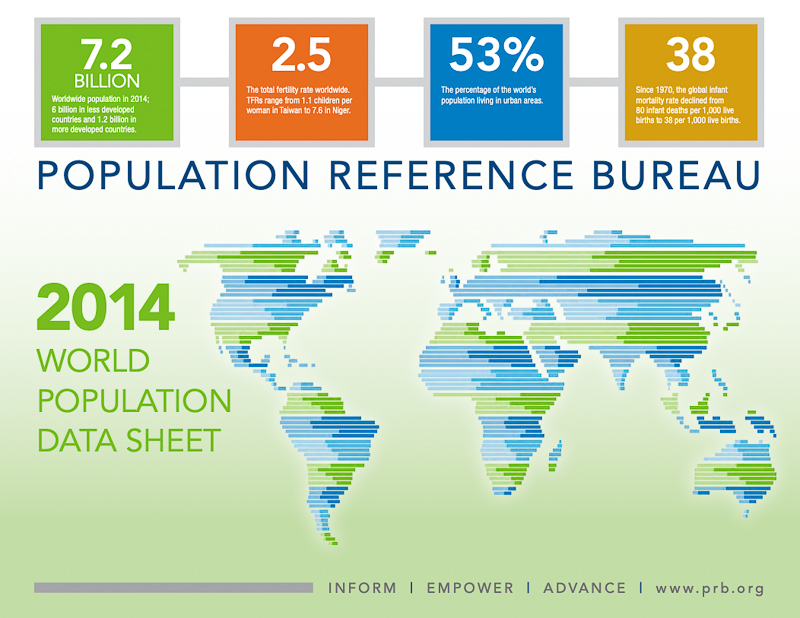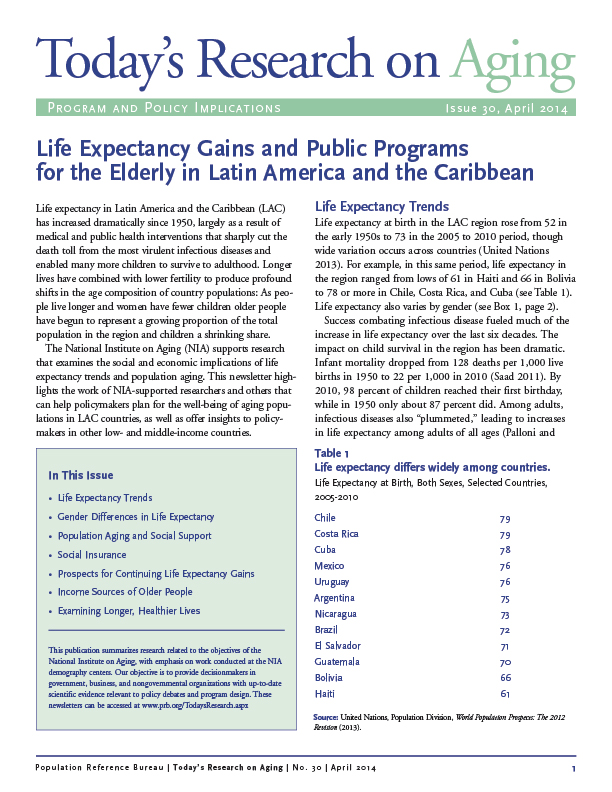COVID Impact, Census Issues, and Reproductive Health Among Highlights of 2023 Population Association of America Conference
PRB staff offer summaries of new research and insightful sessions from the annual demography meeting.

PRB staff offer summaries of new research and insightful sessions from the annual demography meeting.
(2000) As the presidential election draws closer, the candidates are paying attention to key demographic groups. But which groups are likely to cast votes in the presidential election?
(December 2004) The American military has been viewed as a form of national service, an occupation, a profession, a workplace, a calling, an industry, and a set of internal labor markets.

Research shows that self-managed medication abortion accessed through online telehealth is medically safe and effective, but prospective patients face a complex web of barriers.

(2018) A new publication from the National Academies of Sciences, Engineering, and Medicine identifies eight key demographic trends shaping the rapidly growing U.S. population ages 65 and older—projected to nearly double from 51 million in 2017 to 95 million by 2060.

Project: PACE: Policy, Advocacy, and Communication Enhanced for Population and Reproductive Health
PRB’s World Population Data Sheet is an annual report on the world’s demographic, health, and environmental progress and challenges.

Population Reference Bureau’s exclusive preview of the upcoming decennial census reveals population shifts with major implications for the nation’s political, social, and economic future.

Project: Demography and Economics of Aging and Alzheimer’s Disease
(2014) Life expectancy in Latin America and the Caribbean (LAC) has increased dramatically since 1950, largely as a result of medical and public health interventions that sharply cut the death toll from the most virulent infectious diseases and enabled many more children to survive to adulthood.